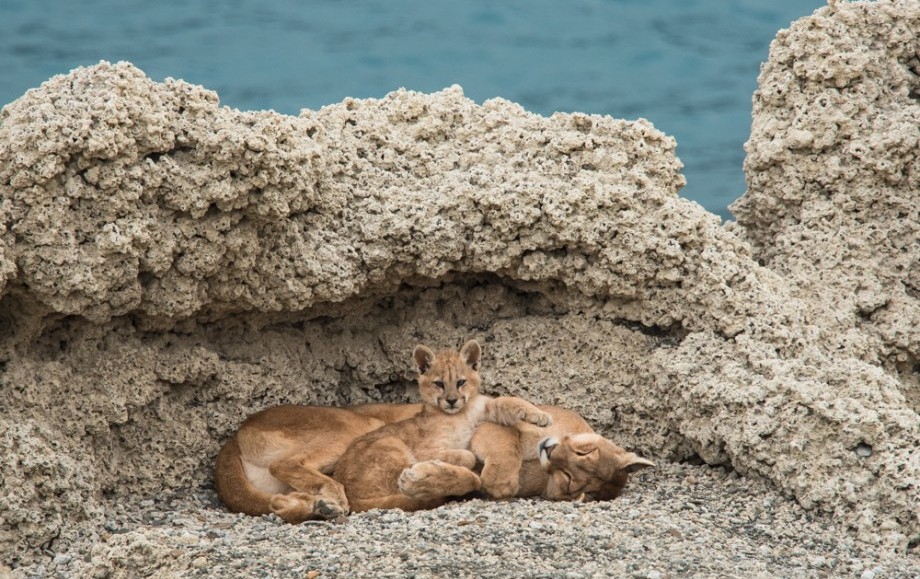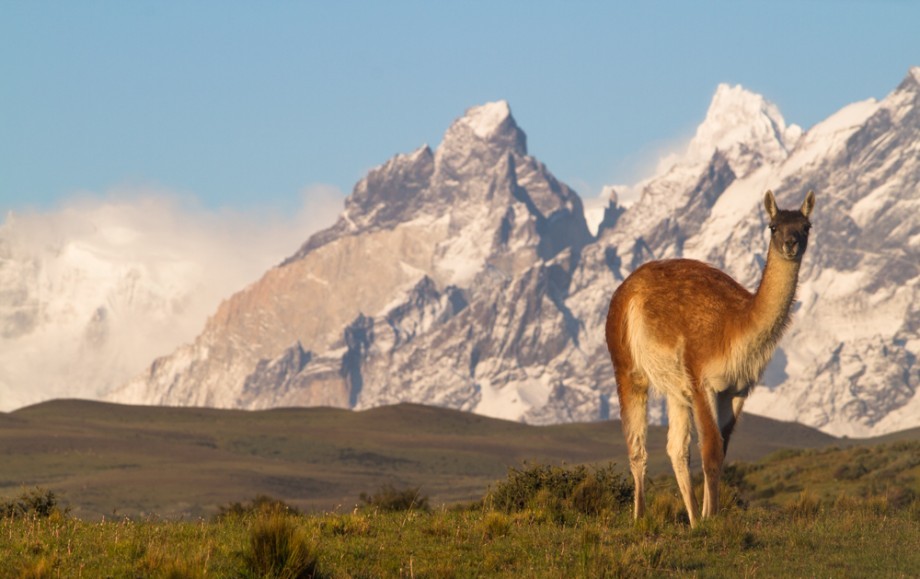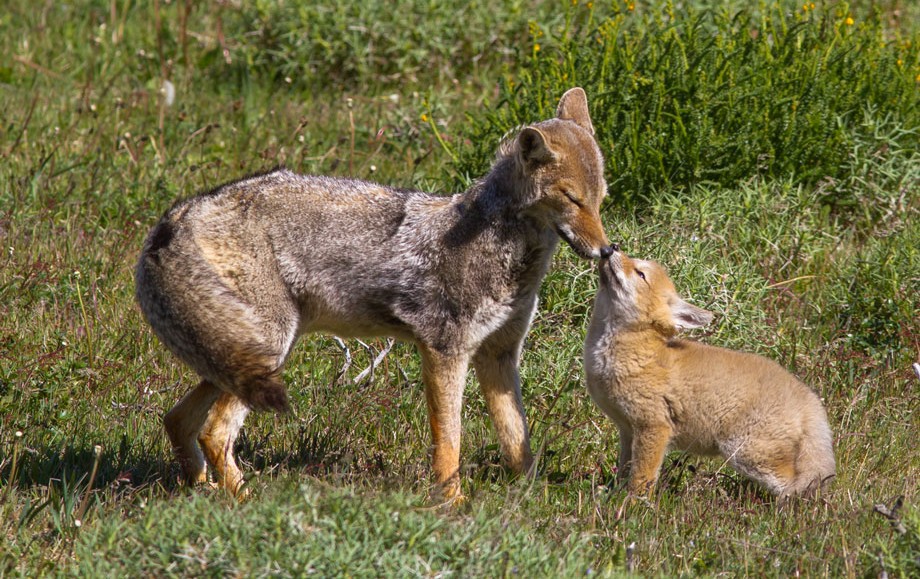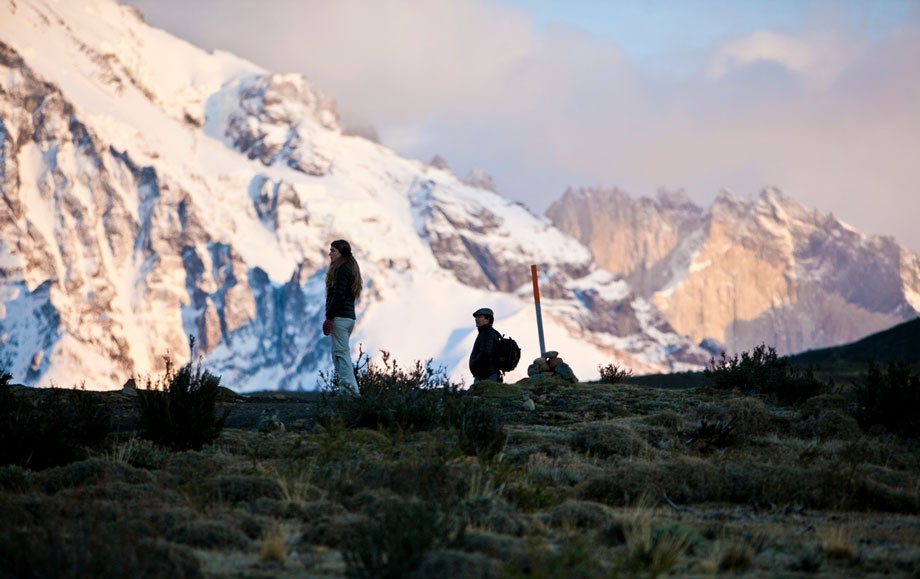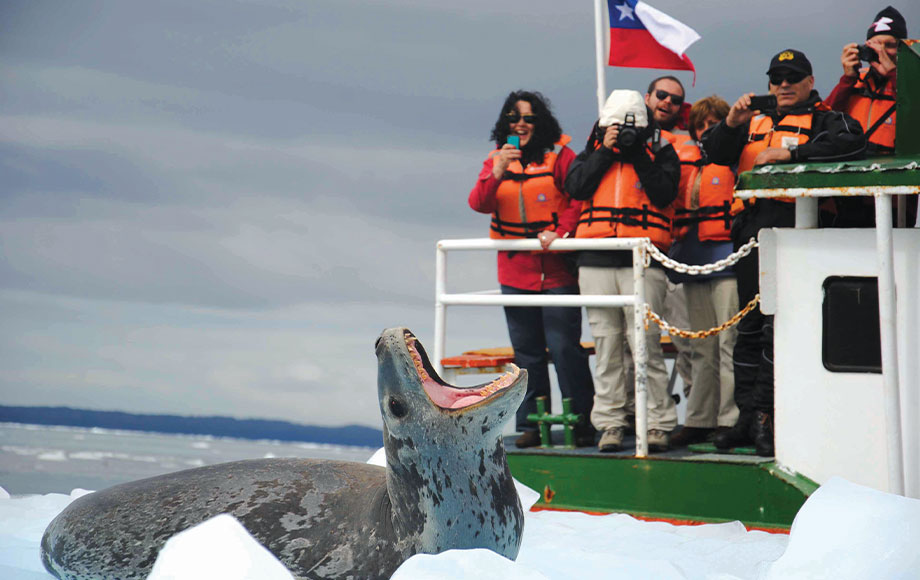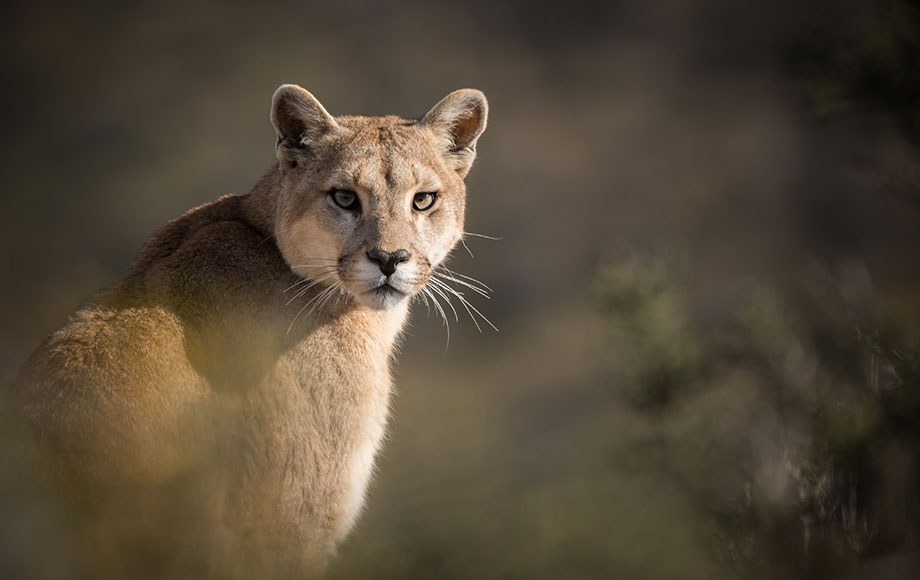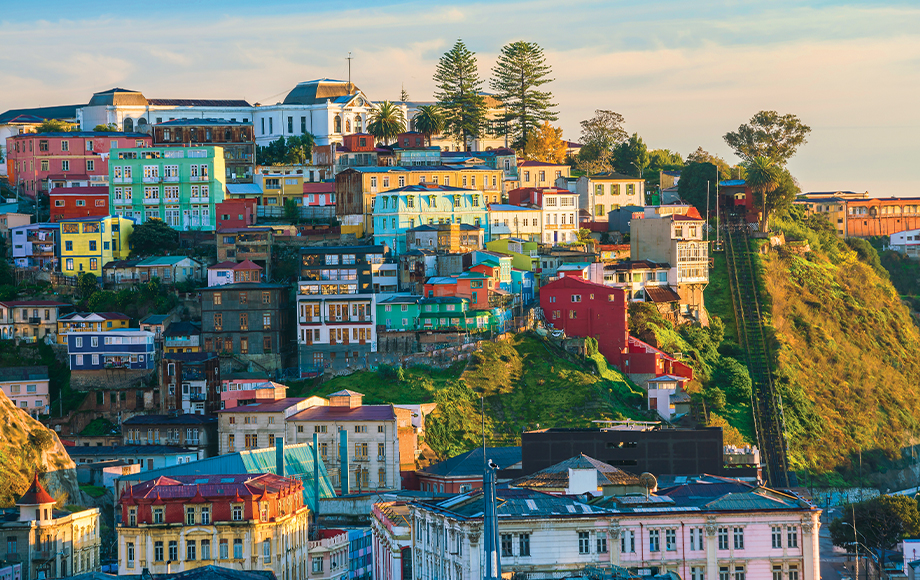At the very bottom of South America is beautiful Torres del Paine National Park, one of Chile’s most iconic adventure hotspots.
The park is renowned for its rugged rock pinnacles, calving glaciers and alpine forests, but within this picturesque setting roams the world’s largest mountain lion – the puma. The Torres del Paine is thought to be home to the highest concentration of the species than anywhere else on the planet.
Explore the breathtaking scenery of Torres Del Paine National Park by 4WD or on foot with a tracking team in search of the world’s largest mountain lion – the impressive, yet elusive puma. Enjoy twice daily excursions during the early morning and late afternoon for fantastic photo opportunities.
Tracking requires patience, dedication and silence to hear or see signs of pumas. But it is often the guanaco, a relative of the Andean llama that alerts trackers to a puma sighting with their alarm call. Though daily itineraries are structured around morning and afternoon puma tracking, itineraries really are flexible, and a broad range of activities are available throughout the day including hiking, kayaking, fly fishing and horseback riding.
Tour details – The Secret Season
Though the warmer months of October to February are the most popular time to visit Patagonia, the best time to search for pumas in the park is May to August – the ‘secret season’ – making Patagonia a year-round destination. Apart from fewer tourists, it is during this time that their main prey, the guanaco (pictured above right), concentrate in specific areas of the park attracting the local puma population.
Below is a sample itinerary of how your days may be structured.
Itinerary
Day 1
Torres del Paine
Transfer to Puerto Natales where you will meet your guide before continuing on to your lodge.
Day 2-5
Puma Tracking
Over the next 4 days enjoy early morning and late afternoon puma tracking excursions. Scour this breathtaking landscape in search of these elusive cats either by 4WD or on foot with a professional tracking team. Guides will take you to areas where pumas have been regularly seen. Return to your lodge in the late mornings and evening where you can relax and reflect on the morning’s activities.
Other activities are available (extra cost) including kayaking, hiking and horseback riding. Your daily itinerary is flexible, and you can choose how often you wish to go in search of pumas. If you are lucky, and see these majestic cats on your first morning, sleep in a little later the next day and explore the park by mountain bike or on foot.
Day 6
Tour ends
Punta Arenas Enjoy an optional early morning game drive before departing for Punta Arenas. Tour ends
- Experience the wonders of the Torres Del Paine National Park
- Witness awe-inspiring scenery
- Join expert guides in search of the elusive puma
- Exciting activities including guided hikes, kayaking or fly-fishing
- Remarkable birdlife and other wildlife including the fascinating Guanaco
Puma Tracking FAQ
Where is the best place to see pumas?
The puma has one of the most extensive ranges of any cat in the world. They can be found throughout the Americas – predominately in South and Central America – as well as small populations on North America’s East Coast. The best place however is Patagonian Chile, in the Torres Del Paine National Park. Natural Focus offer a number of exciting itineraries that explore this dramatic area in search of the elusive puma.
When is the best time to visit Torres Del Pain National Park?
The summer months of December to February is the most popular time to visit the park for the warmer, more reliable weather. However October and November in the spring time is also a fabulous time to visit. The best time to search for pumas in the park is May to August – the ‘secret season’ – making Patagonia a year-round destination. Apart from fewer tourists, it is during this time that their main prey, the guanaco concentrate in specific areas of the park attracting the local puma population.
Recommended Chile Itineraries
Chile Overview
Why Chile: When it comes to awesome scenery and untouched wilderness, Chile is hard to beat. From dry deserts to lush forests, gentle lakes and glimmering icefields, this country has it all.
Culture: Chile’s rich, diverse culture is influenced as much by its indigenous and European peoples, as the varied landscape. Art, literature, folk music, dance and festivals are all central to Chilean society.
When to Go: Chile’s climate varies with latitude. The Atacama is dry and sunny, hot in summer and cold at night in winter. Central Chile has a pleasing Mediterranean climate, with warm summers and wet, mild winters. Southern Patagonia receives plenty or rain, with cool, windy summers and cold winters.
Combine With: Neighbouring Argentina, particularly when visiting the Patagonia region. Chile also combines well with Peru, where you can visit Cusco, the Sacred Valley and Machu Picchu or experience the Amazon rainforest at a secluded eco-lodge.
Getting There: Qantas and LAN fly from Australia via New Zealand to Santiago.
